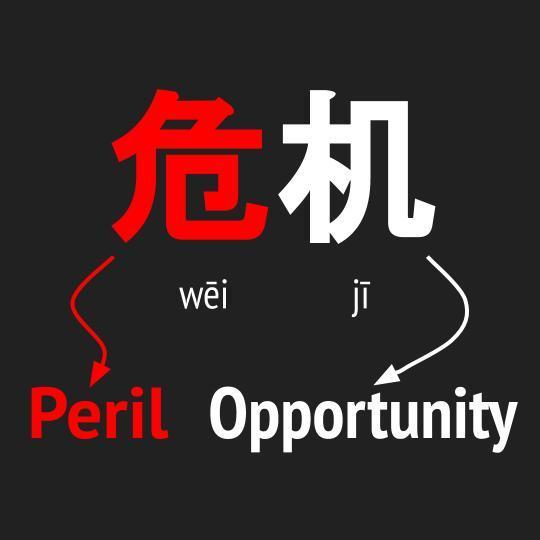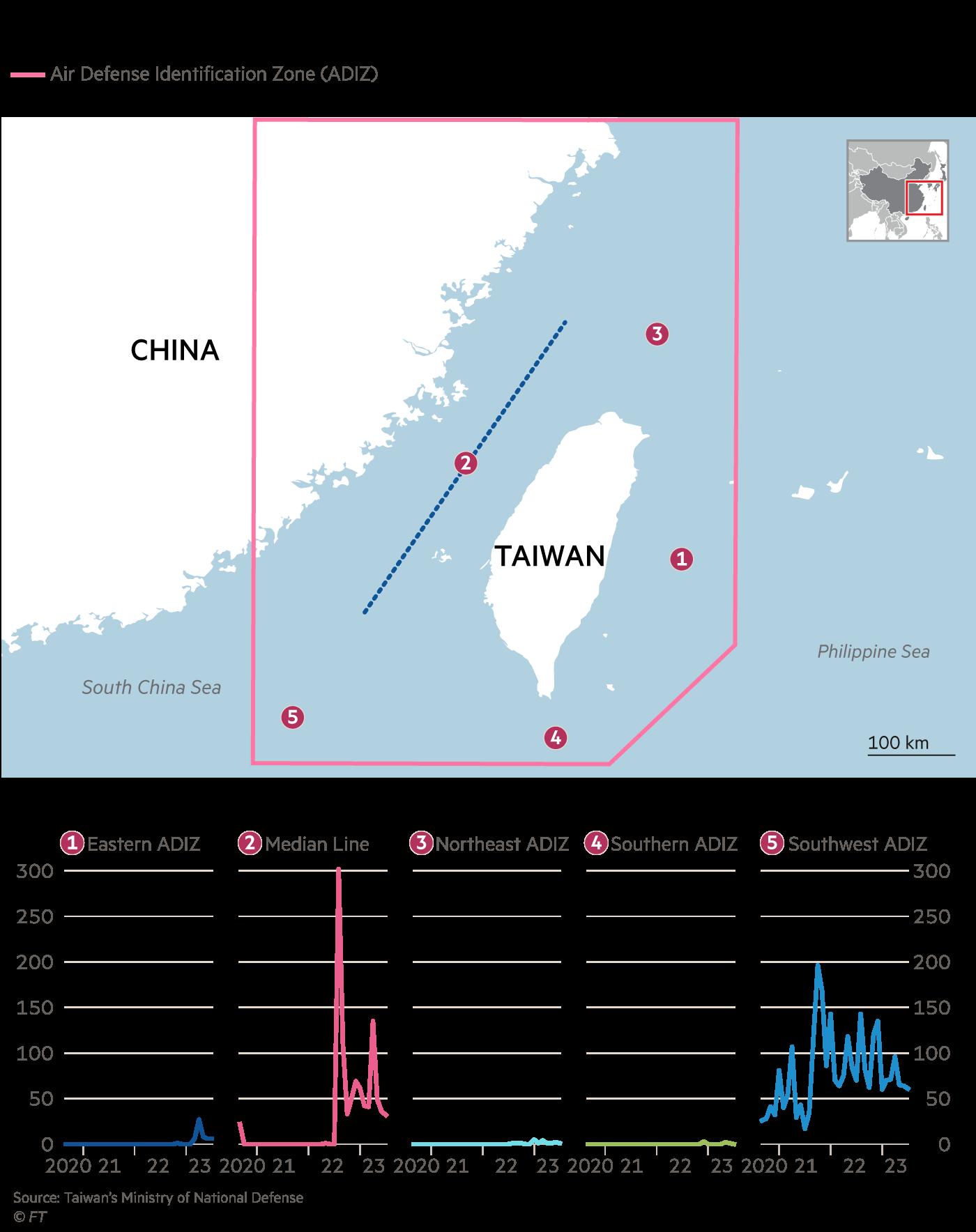The biggest threat to the world is not China, but $31.4 trillion US debt.
US bonds price will crash inevitably and nuke many countries' economies.
Hundreds of millions of jobs and trillions of dollars in pensions will disappear.
Why wouldn't Kissinger ask China to help?
When Xi Jinping started his 1st term, he was advised that the Chinese economy couldn't withstand the US bonds crash.
China's deleveraging campaign was launched in 2013.
It sent the two largest real estate developers to bankruptcy in 2021.
Did Xi make a deadly mistake?
During my first visit in 2018, everyone in China was in a state of euphoria.
Businesses borrowed like crazy to expand. Housing prices were sky-high.
Jack Ma was further expanding his empire by giving young Chinese free loans.
It was a disaster waiting to happen.
By popping its own financial and real estate bubbles, in a controlled manner, the Chinese government defused an economic time bomb.
But Western experts say Xi is driving China into the brink of collapse, right?
I went shopping for a new condo last week.
My agent told me that, yes, local govts had to step in and fund most unfinished building projects.
And things weren't great for the last 3 years.
But she's busy again. Home buyers are taking advantage of lower housing prices.
If a 100-year-old man is going to go on a plane for 14 hours, he'll need a medical team along with him.
Kissenger jeopardized his health to travel to China for what reason?
It's got to be something about his own legacy.
China has spent the past decade insulating itself from the inevitable US bonds crash.
It won't be as enthusiastic about saving the US as in 2008.
The US economy is near its end. The only exit is war.
Kissinger travelled to Beijing to discuss the possibility of war.
Kissinger's trip to Beijing has only one purpose – to discuss how to minimize damage when (not if) a war breaks out between China and the US.
I hate being so doom and gloom. But here is a Chinese phrase – 危机
Whenever danger lurks, opportunity awaits.








 Quote
Quote

 Hide
Hide Looks like you're enjoying the discussion, but you're not signed up for an account.
Looks like you're enjoying the discussion, but you're not signed up for an account.

Bookmarks